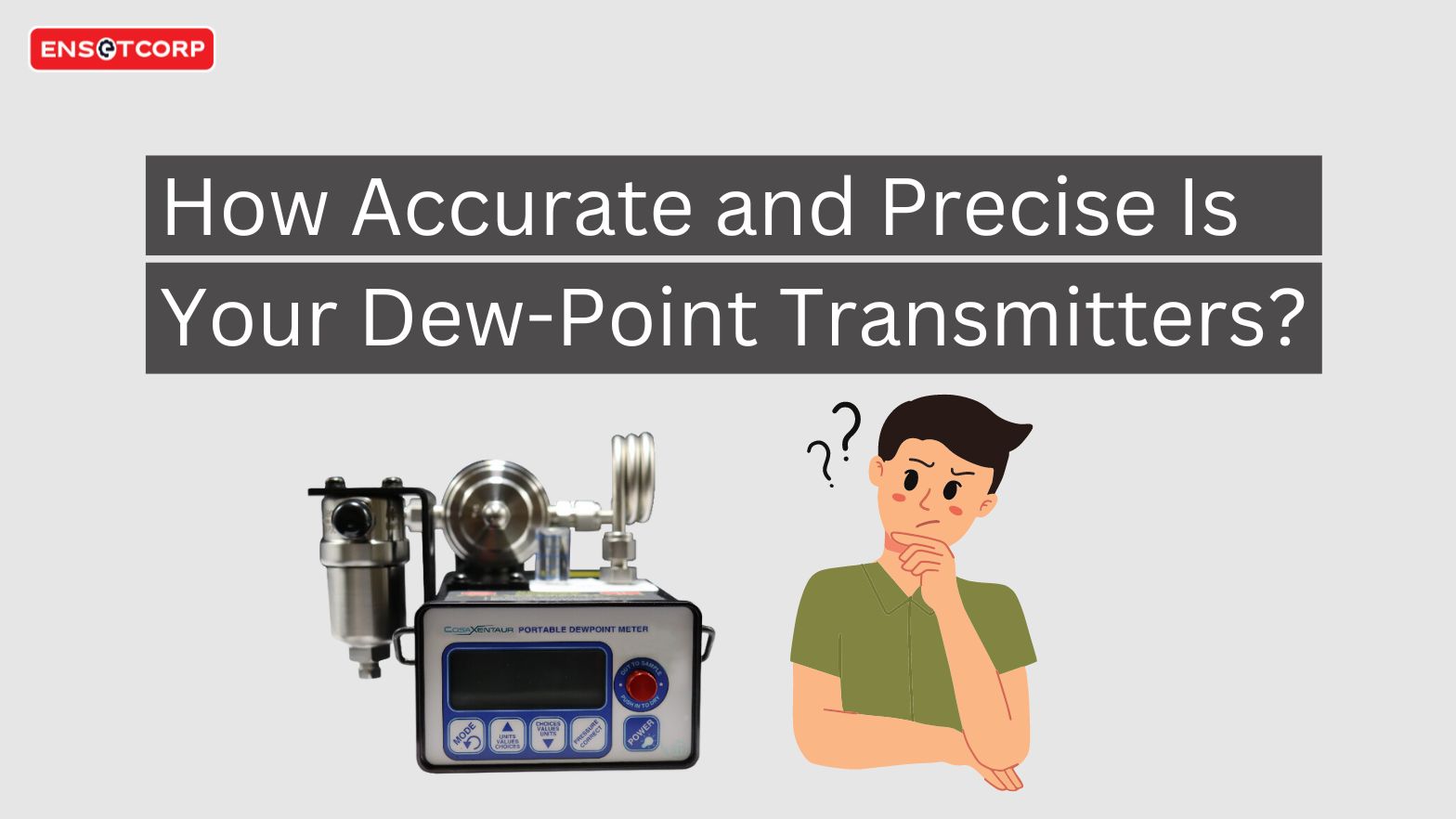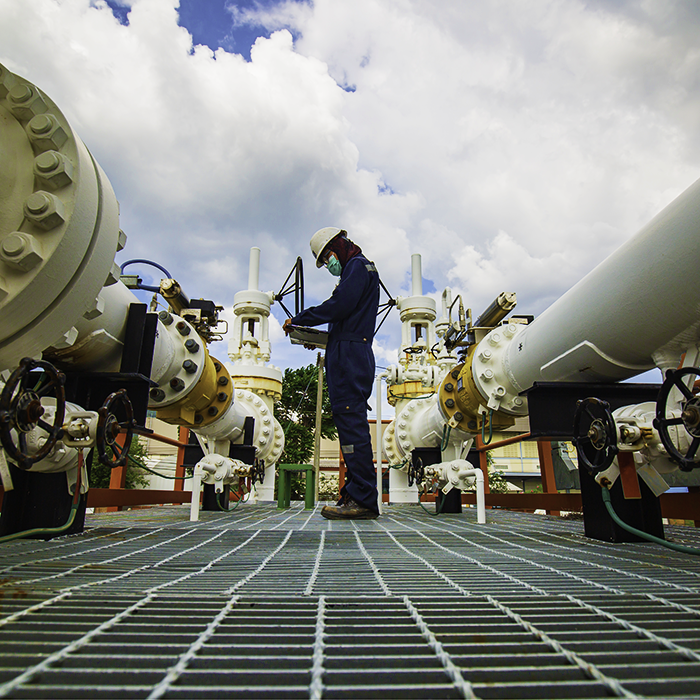How Accurate and Precise is your Dew-Point Transmitters?
Understanding Dew-Point Transmitters.
Dew-point transmitters are used to measure the temperature at which moisture in the air will condense into liquid form. This measurement is important in many industries, including HVAC, pharmaceuticals, and food processing. The accuracy and precision of these transmitters can vary depending on a number of factors, including the type of sensor used, the calibration process, and the environmental conditions in which they are used. It’s important to understand these factors in order to ensure that your dew-point transmitter is providing accurate and reliable readings.
The Importance of Accuracy and Precision.
When it comes to dew-point transmitters, accuracy and precision are crucial. Inaccurate readings can lead to costly mistakes and even safety hazards in certain industries. Precision refers to the level of consistency in the readings provided by the transmitter, while accuracy refers to how closely those readings match the true dew point temperature. It’s important to choose a transmitter with both high accuracy and precision, and to regularly calibrate and maintain it to ensure reliable readings.
Factors Affecting Accuracy and Precision.
There are several factors that can affect the accuracy and precision of dew-point transmitters. One of the most important is the quality of the sensor used in the transmitter. High-quality sensors are more accurate and precise, and are less likely to drift over time. Other factors that can affect accuracy and precision include temperature fluctuations, humidity levels, and the presence of contaminants in the sample gas. Regular calibration and maintenance can help to minimize the impact of these factors and ensure reliable readings.
Calibration and Maintenance.
Regular calibration and maintenance are crucial for ensuring the accuracy and precision of dew-point transmitters. Calibration involves comparing the readings of the transmitter to a known reference point, and adjusting the transmitter if necessary. This should be done at regular intervals, depending on the specific requirements of the application. Maintenance involves cleaning the sensor and checking for any signs of damage or wear. It’s important to follow the manufacturer’s recommendations for calibration and maintenance to ensure reliable and accurate readings.
Choosing the Right Dew-Point Transmitter for Your Needs.
When choosing a dew-point transmitter, it’s important to consider the level of accuracy and precision required for your specific application. Factors such as temperature range, pressure range, and measurement range should also be taken into account. It’s recommended to consult with a knowledgeable supplier or manufacturer to ensure you select the right transmitter for your needs. Additionally, regular calibration and maintenance will help ensure the accuracy and precision of your transmitter over time.





0 Comments